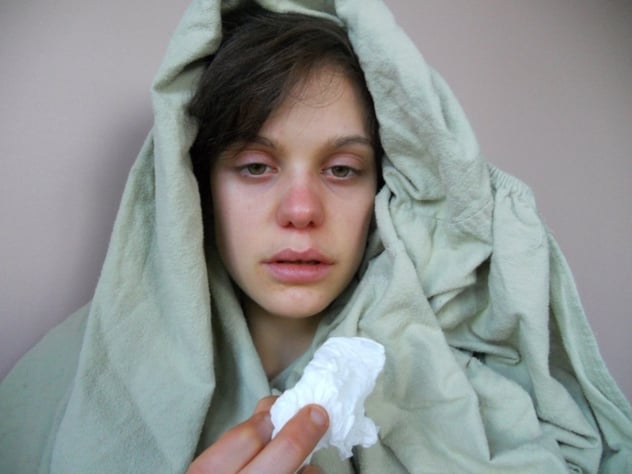The first cohort of DAOM students share why they chose AOMA’s doctor of acupuncture and Oriental medicine program.
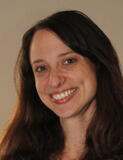 “My choice to pursue my doctorate at AOMA is an easy one because my experience at AOMA (in the master’s program) went beyond all my expectations. The professors and clinic supervisors were outstanding professionals, approachable and eager to support my learning. When the program was over, I felt very well prepared to begin my practice. I have nothing but enthusiasm about returning.” – Debbie Vaughn
“My choice to pursue my doctorate at AOMA is an easy one because my experience at AOMA (in the master’s program) went beyond all my expectations. The professors and clinic supervisors were outstanding professionals, approachable and eager to support my learning. When the program was over, I felt very well prepared to begin my practice. I have nothing but enthusiasm about returning.” – Debbie Vaughn
The DAOM at AOMA focuses on the care and management of patients with pain and associated psychosocial phenomena. This has been a key deciding factor for some in choosing the program.
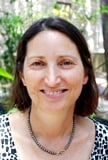 “The AOMA doctoral program on pain care and the psychosocial world offers an exploration of what it means to be human, and that interests me. Pain as a locus of inquiry and a portal into human consciousness is simply brilliant. Pain is a pivot point for people, one that is difficult to ignore and a primary reason for visiting a Chinese medical practitioner.” – Pamela Gregg Flax
“The AOMA doctoral program on pain care and the psychosocial world offers an exploration of what it means to be human, and that interests me. Pain as a locus of inquiry and a portal into human consciousness is simply brilliant. Pain is a pivot point for people, one that is difficult to ignore and a primary reason for visiting a Chinese medical practitioner.” – Pamela Gregg Flax
Learners develop advanced skills and techniques to care for patients in a collaborative medical setting, and benefit directly from a number of integrative clinical education opportunities.
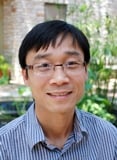 “When my patients entrust their health to my knowledge, I believe that it is my responsibility to continue learning and become the best that I can. Initially, I chose AOMA because I had heard of Dr. William Morris, his profound knowledge in TCM and pulse-taking techniques, and his dedication to the TCM field. After finishing two terms at AOMA, I realized that all of the faculty here are also the best in their specialties. This is rare to find. The guest lecturers are also the best in their field and are willing to share their knowledge and success. Not only is TCM taught more in-depth, but biomedicine and research methods are also emphasized. Moreover, AOMA has the affiliation with hospitals and other major universities where I will be able to learn an integrative approach to healthcare and get access to the tools needed for my research.” - Thang Quoc Bui
“When my patients entrust their health to my knowledge, I believe that it is my responsibility to continue learning and become the best that I can. Initially, I chose AOMA because I had heard of Dr. William Morris, his profound knowledge in TCM and pulse-taking techniques, and his dedication to the TCM field. After finishing two terms at AOMA, I realized that all of the faculty here are also the best in their specialties. This is rare to find. The guest lecturers are also the best in their field and are willing to share their knowledge and success. Not only is TCM taught more in-depth, but biomedicine and research methods are also emphasized. Moreover, AOMA has the affiliation with hospitals and other major universities where I will be able to learn an integrative approach to healthcare and get access to the tools needed for my research.” - Thang Quoc Bui
DAOM graduates gain research experience and are prepared to participate in the broader dialogue surrounding the efficacy of TCM and its integration with mainstream paradigms of healthcare. AOMA’s doctoral program prepares learners to explore paradigms of inquiry and use both quantitative and qualitative assessment to conduct and publish individual or group research projects.
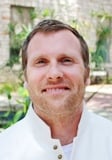 “It is now time to move forward and forge new dreams, to build on what I know and journey into what I do not. We need innovative thinkers and healthcare providers to create explainable models describing the mechanisms behind the tools that we use.” - James Phillips
“It is now time to move forward and forge new dreams, to build on what I know and journey into what I do not. We need innovative thinkers and healthcare providers to create explainable models describing the mechanisms behind the tools that we use.” - James Phillips
AOMA DAOM graduates are poised for medical academic leadership. Licensed acupuncturists with a doctoral degree cultivate expertise in the field, becoming more effective health care providers and sought-after scholars.
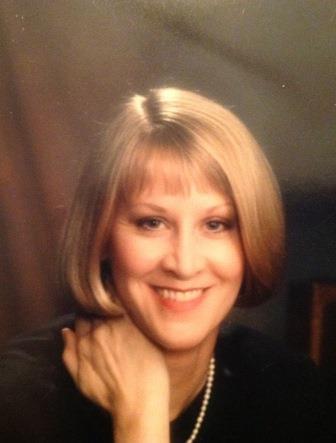 “After 10 years of private practice, I am ready to prepare myself for teaching. The philosophy and structure of the doctoral program at AOMA will further my skills and knowledge to prepare me for teaching in a master’s level program in Oriental medicine, so that new students understand the foundations of Oriental medicine. I think a doctoral level education is necessary to offer this level of teaching.” – Donna Guthery
“After 10 years of private practice, I am ready to prepare myself for teaching. The philosophy and structure of the doctoral program at AOMA will further my skills and knowledge to prepare me for teaching in a master’s level program in Oriental medicine, so that new students understand the foundations of Oriental medicine. I think a doctoral level education is necessary to offer this level of teaching.” – Donna Guthery
AOMA’s first cohort of doctor of acupuncture and Oriental medicine students are learning essential skills, preparing to succeed as instructors, researchers or leaders in the field, and also to improve clinical outcomes and provide a higher level of care to patients.

|

|

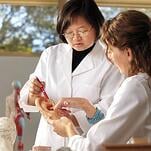
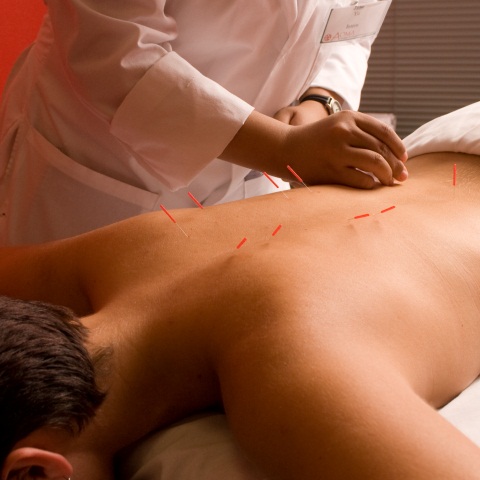 Professional opportunities
Professional opportunities.jpg?width=225&height=150&name=students_studying_(2).jpg)
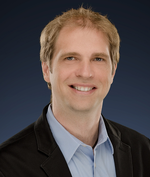 is an accomplished researcher and skilled health care practitioner with a rich academic and professional background. His interest in lifestyle and environmental determinants of health led him to earn a Doctor of Naturopathic Medicine and a Master of Science in Acupuncture & Oriental Medicine from Bastyr University, as well as a Master of Public Health in Epidemiology from the University of Washington. As a practitioner of Naturopathic and Chinese medicines, Dr. Finnell’s clinical focus is on nutrition, pharmacognosy, herb-drug interactions, mind-body medicine, disease prevention, and lifestyle education. In addition to maintaining a professional Naturopathic and Chinese medicine practice, Dr. Finnell has also completed a post-doctoral fellowship with the National Center for Complementary and Alternative Medicine (NCCAM), and served as the acting Director of Research for the TrueNorth Health Foundation. Dr. Finnell’s strong research background and clinical experience as a Naturopathic and Chinese medicine practitioner enable him to bring an evidence-based and integrative perspective to AOMA’s doctoral program.
is an accomplished researcher and skilled health care practitioner with a rich academic and professional background. His interest in lifestyle and environmental determinants of health led him to earn a Doctor of Naturopathic Medicine and a Master of Science in Acupuncture & Oriental Medicine from Bastyr University, as well as a Master of Public Health in Epidemiology from the University of Washington. As a practitioner of Naturopathic and Chinese medicines, Dr. Finnell’s clinical focus is on nutrition, pharmacognosy, herb-drug interactions, mind-body medicine, disease prevention, and lifestyle education. In addition to maintaining a professional Naturopathic and Chinese medicine practice, Dr. Finnell has also completed a post-doctoral fellowship with the National Center for Complementary and Alternative Medicine (NCCAM), and served as the acting Director of Research for the TrueNorth Health Foundation. Dr. Finnell’s strong research background and clinical experience as a Naturopathic and Chinese medicine practitioner enable him to bring an evidence-based and integrative perspective to AOMA’s doctoral program.
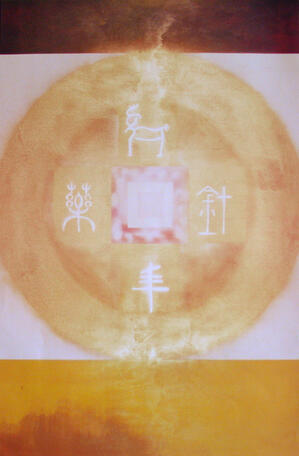

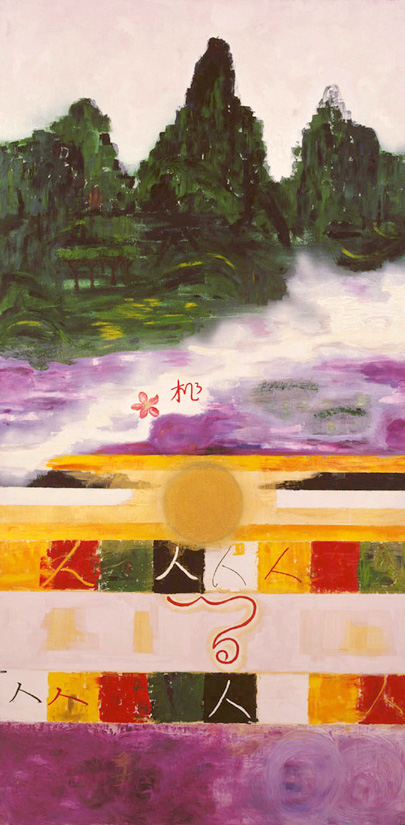
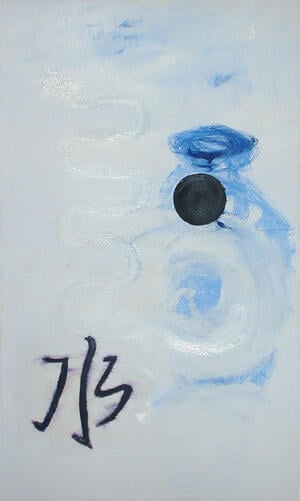
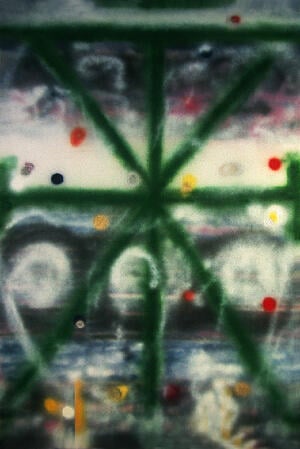
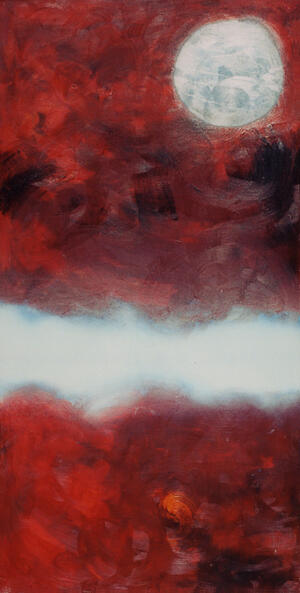
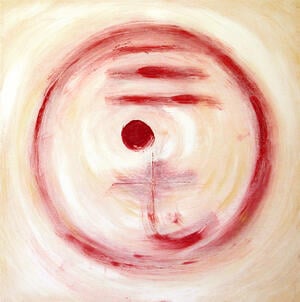
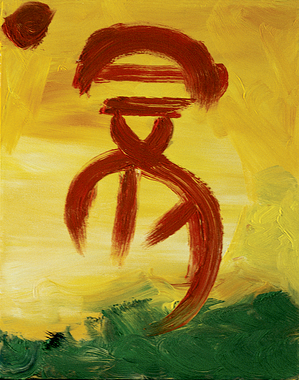
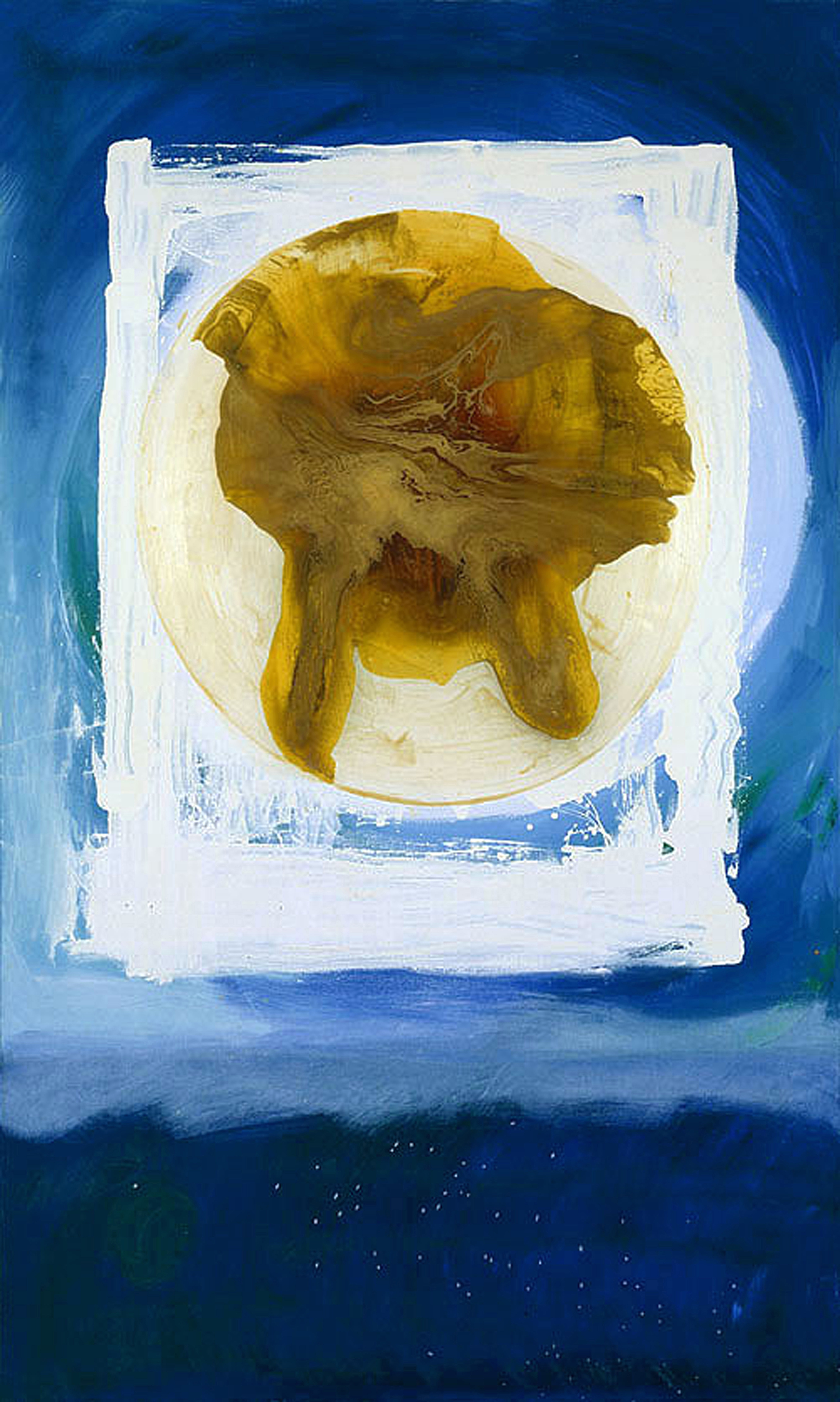
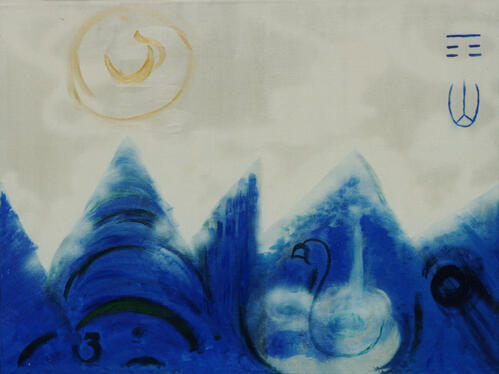
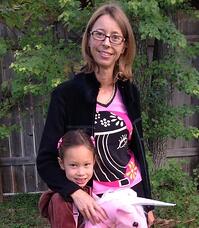 Isabelle Chen-Angliker, a pediatrician from Switzerland, was never fully satisfied with the Western medical approach. She did not agree with the method of funneling patients into an increasingly sub-specialized medical system. She was concerned with the discrepancy of more sophisticated diagnostics vs. the lack of treatment options that are both minimally invasive and without significant side effects.
Isabelle Chen-Angliker, a pediatrician from Switzerland, was never fully satisfied with the Western medical approach. She did not agree with the method of funneling patients into an increasingly sub-specialized medical system. She was concerned with the discrepancy of more sophisticated diagnostics vs. the lack of treatment options that are both minimally invasive and without significant side effects. 

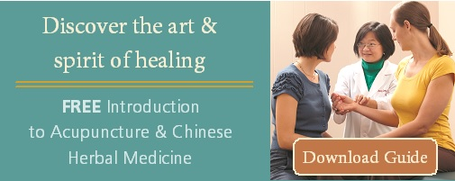
.jpg?width=200&height=150&name=amy_babb_nepal_(1).jpg)
.jpg?width=200&height=150&name=amy_babb_nepal_(6).jpg) I consider my volunteer service in Bhottechour to be a resounding success. Although I don’t have the exact numbers, I provided well over 600 treatments in the past five months to people with little to no affordable or accessible healthcare options. These treatments ranged from knee pain and general body aches from working long hours in the fields, to varicose veins, hypertension, stroke recovery, high uric acid levels, allergies, various unknown pathologies, and more. I witnessed people who experienced pain for years become 90-100% pain free in just two to five treatments. The smiles and appreciation were abundant.
I consider my volunteer service in Bhottechour to be a resounding success. Although I don’t have the exact numbers, I provided well over 600 treatments in the past five months to people with little to no affordable or accessible healthcare options. These treatments ranged from knee pain and general body aches from working long hours in the fields, to varicose veins, hypertension, stroke recovery, high uric acid levels, allergies, various unknown pathologies, and more. I witnessed people who experienced pain for years become 90-100% pain free in just two to five treatments. The smiles and appreciation were abundant. .jpg?width=200&height=150&name=amy_babb_nepal_(2).jpg) Some of my most favorite moments were simply lying in the grass outside the clinic with other members of the staff just watching. We saw the millings of a small village where either a motorcycle or a bus passing was a rare event. People carried heavy loads on their backs full of grains and grasses to feed their buffalo and goats. Some stopped into the little shop at the end of our hill to enjoy a cup of tea and catch up on local affairs. We watched the neighbors plowing their fields by day and enjoying a campfire by night. Mostly, we just watched the view of the still mountains and the clouds drifting in the sky.
Some of my most favorite moments were simply lying in the grass outside the clinic with other members of the staff just watching. We saw the millings of a small village where either a motorcycle or a bus passing was a rare event. People carried heavy loads on their backs full of grains and grasses to feed their buffalo and goats. Some stopped into the little shop at the end of our hill to enjoy a cup of tea and catch up on local affairs. We watched the neighbors plowing their fields by day and enjoying a campfire by night. Mostly, we just watched the view of the still mountains and the clouds drifting in the sky. .jpg?width=150&height=234&name=amy_babb_nepal_(4).jpg) The second part to my Nepal saga is manifesting daily. I now live full-time in Kathmandu with my partner in crime. We watch our future unfolding and we are constantly in awe. Currently, I have Sheng Zhen Gong classes to teach, acupuncture treatments to give, meditations and teachings to enjoy and spiritual practices of Tibetan medicine to research. I think it’s going to be great!
The second part to my Nepal saga is manifesting daily. I now live full-time in Kathmandu with my partner in crime. We watch our future unfolding and we are constantly in awe. Currently, I have Sheng Zhen Gong classes to teach, acupuncture treatments to give, meditations and teachings to enjoy and spiritual practices of Tibetan medicine to research. I think it’s going to be great! 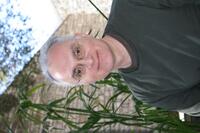 Wally Doggett, owner of
Wally Doggett, owner of 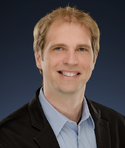 John Finnell, ND, MPH, LAc
John Finnell, ND, MPH, LAc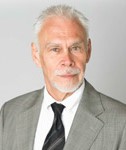 Daniel Weber, PhD, MSc
Daniel Weber, PhD, MSc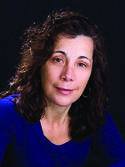 Rosa Schnyer, DAOM, LAc
Rosa Schnyer, DAOM, LAc
